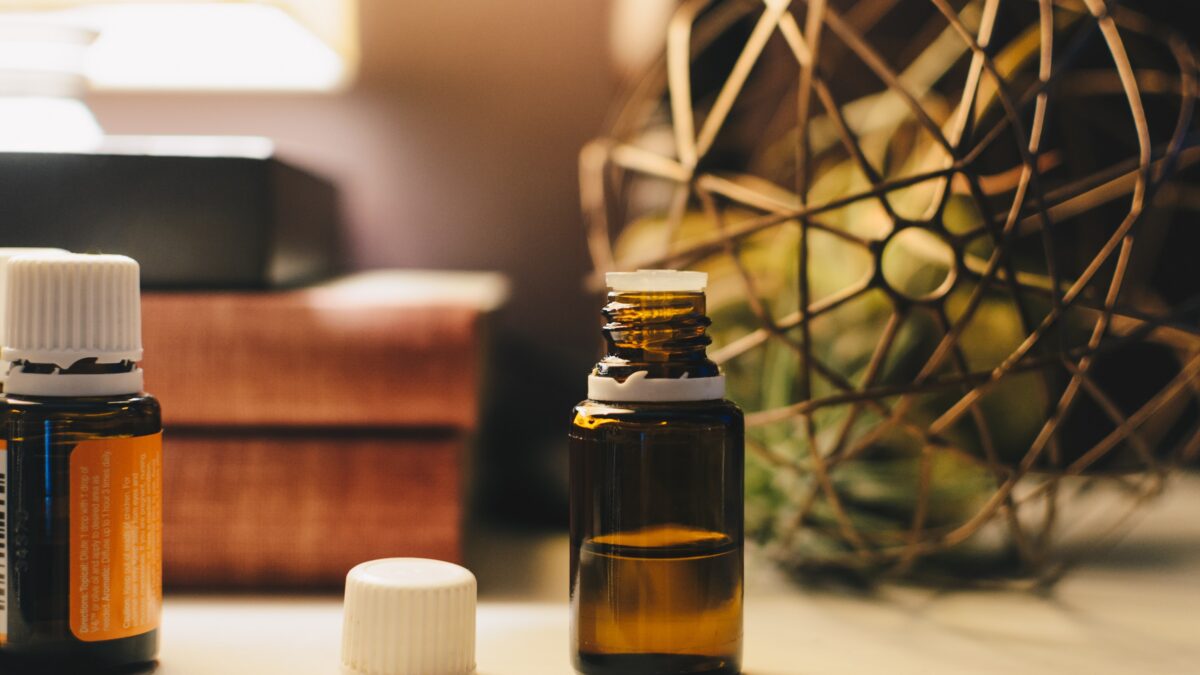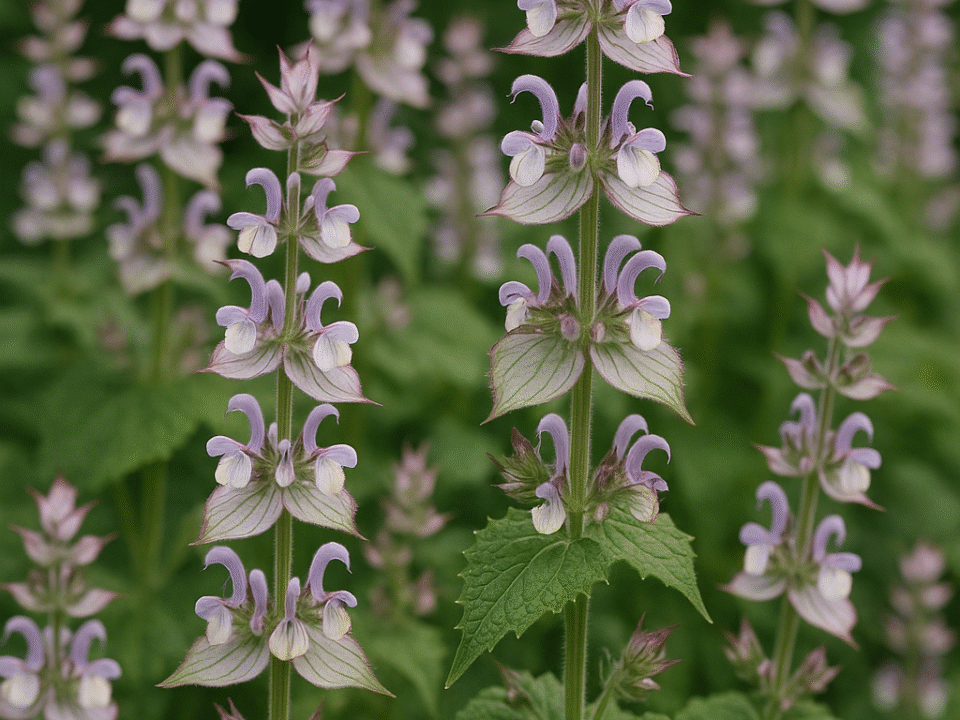
Glycerin, also known as glycerol, is a non-toxic, colorless, odorless, and viscous liquid with a sweet taste. It was accidentally discovered by a Swedish scientist in 1779 during inadequate isolation of the compound while making soap from olive oil. Generally, glycerin is derived from plant and animal fats; however, it can also be chemically synthesized. Due to its thick and viscous texture and absence of toxicity, glycerin quickly became a popular ingredient in a wide range of different foods, medications, and, of course, skincare products.
In skincare formulations, the active ingredient of glycerin is mainly used as a humectant. Humectants are unique moisturizing ingredients that are able to draw water from the atmosphere to hydrate and soften the skin as well as minimize water loss. Glycerin can remain in the skin for a prolonged period, helping the skin retain moisture even when exposed to harsh environmental aggressors (i.e., pollution). It also helps the skin’s natural lipids to maintain their structure to further strengthen the skin barrier and keep it healthy.
If glycerin’s concentration remains under 50%, it maintains its emollient properties. An emollient is defined as a moisturizer that tends to soften the skin. Any skincare product that contains glycerin helps to improve and soften the skin, especially if it is rough and dry.
The active ingredient of glycerin has a unique ability to minimize the appearance of fine lines and wrinkles. Once it penetrates the skin, it facilitates the increase in water volume between the cells, which makes the skin look fuller and firmer. Moreover, glycerin also binds with collagen and stabilizes it. As known, collagen is a protein which is responsible for giving the skin its elasticity. Together all these effects mentioned above contribute to giving skin a younger-looking appearance.
The active ingredient of glycerin does not have major side effects and is safe to use on daily basis.



